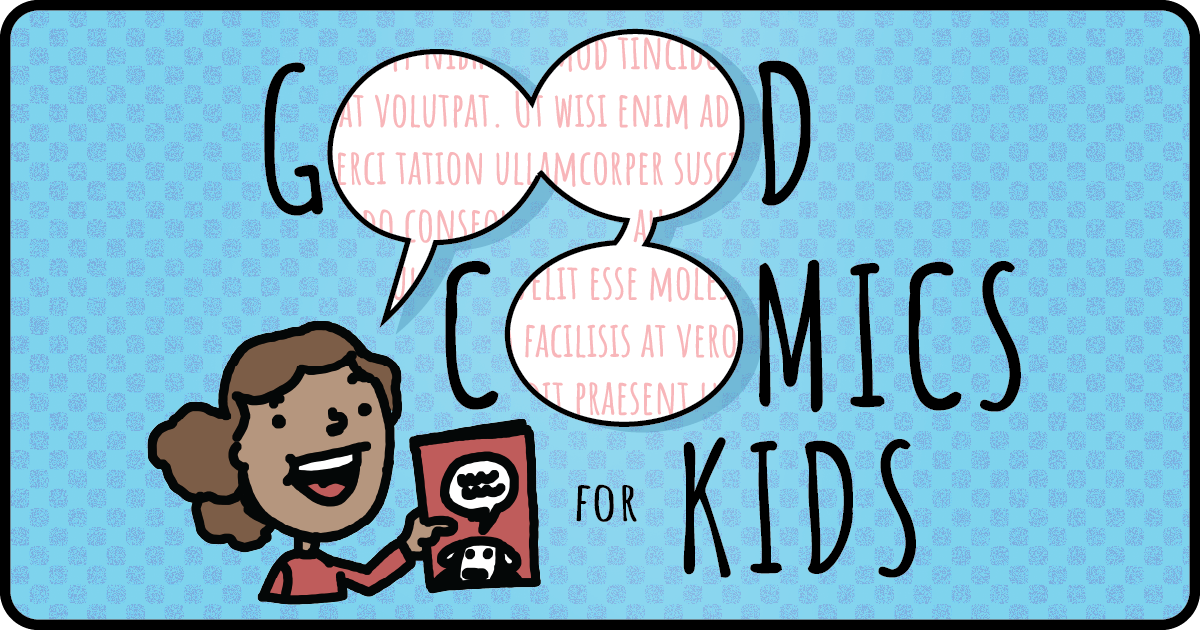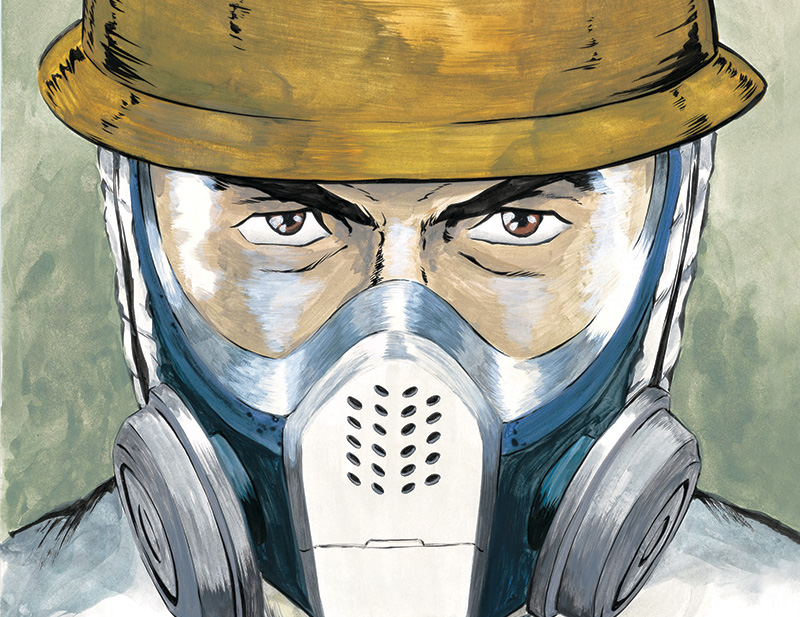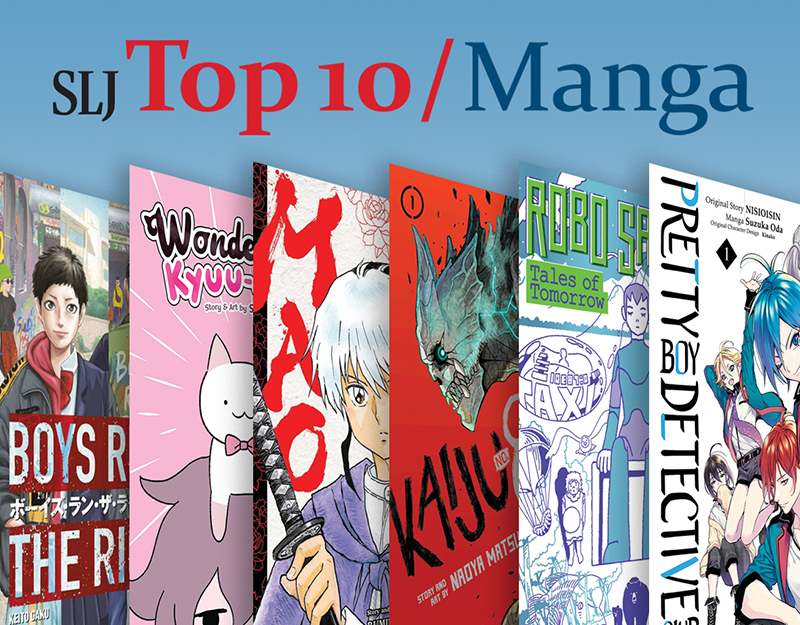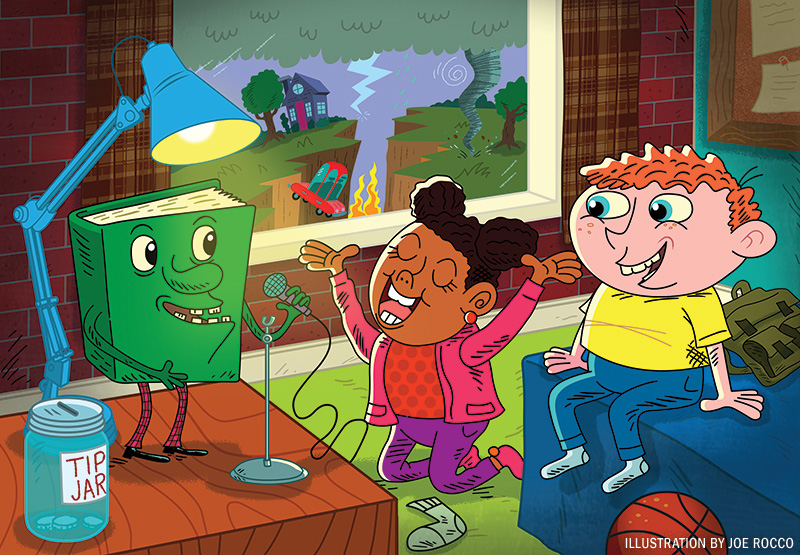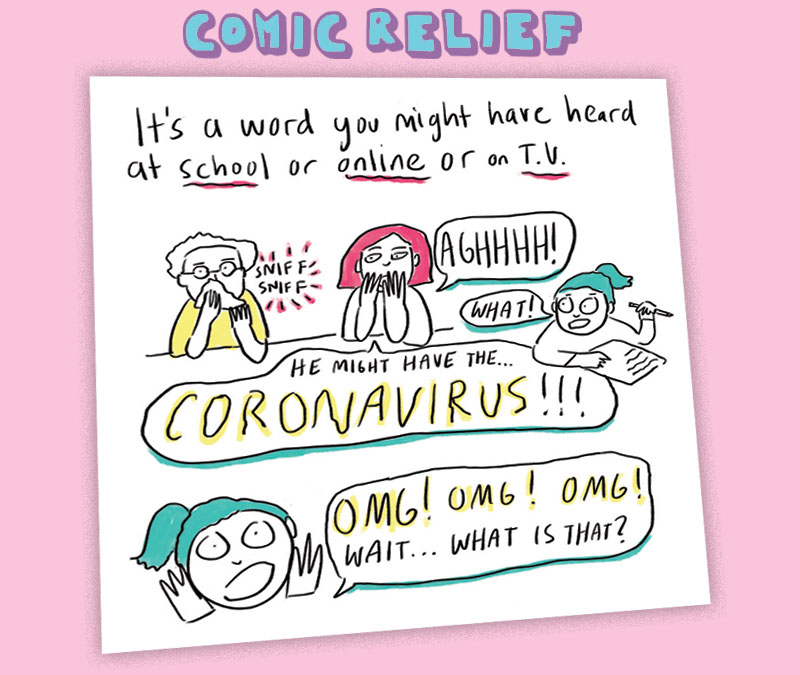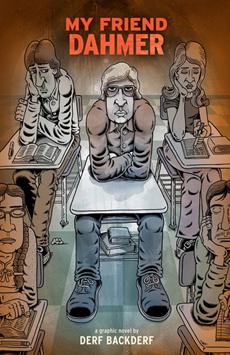
YALSA Hub Challenge: My Friend Dahmer by Derf Backderf
 Our second title to discuss from the YALSA Hub Reading Challenge is Derf Backderf’s My Friend Dahmer — very much the opposite end of the spectrum from our last title, Drama. Not only was My Friend Dahmer honored as one of the Great Graphic Novels for Teens Top Ten for 2013, it also won an Alex Award and was honored as a Quick Picks for Reluctant Readers Top Ten as well. Clearly the awards judges and selection committees saw something engaging in this title.
Our second title to discuss from the YALSA Hub Reading Challenge is Derf Backderf’s My Friend Dahmer — very much the opposite end of the spectrum from our last title, Drama. Not only was My Friend Dahmer honored as one of the Great Graphic Novels for Teens Top Ten for 2013, it also won an Alex Award and was honored as a Quick Picks for Reluctant Readers Top Ten as well. Clearly the awards judges and selection committees saw something engaging in this title.
As a refresher, the Great Graphic Novels for Teens Selection list showcases titles “recommended for those ages 12-18, meet the criteria of both good quality literature and appealing reading for teens,” and every year they also select the top ten titles from their longer list. The Alex Award honors “ten books written for adults that have special appeal to young adults, ages 12 through 18.” Quick Picks for Reluctant Readers “suggests books that teens, ages 12-18, will pick up on their own and read for pleasure; it is geared to the teenager who, for whatever reason, does not like to read.”
ADVERTISEMENT
ADVERTISEMENT
So, let’s discuss!
Robin: This is a title that has won both as a top ten Great Graphic Novel for Teens and an Alex Award — showing that both committees considered it appropriate for teens within the 12-18 year old range and also acknowledging that it is an adult title that appeals to teens. Who do you think the strongest audience is for this book? Teens? Adults? Both? Where would you (or do you) shelve it in your library?
Caleb: I don’t have anything to do with shelving decisions at the public library where I work, but, for what it’s worth, the librarians there decided to shelve it with the adult books on comics and cartooning at 721.5, rather than with the teen graphic novels.
If it were up to me, I think I’d put it with the adult books too. There’s obviously some strong stuff in there, and I think older teens who want it can seek it out, whereas having it browsable along with volumes of Naruto and X-Men and whatnot seems like it could be asking for trouble.
While it can be read by teens and, part of me thinks it should be read by teens for the cautionary tales aspects, I think it has a lot more to offer adult readers than teen readers, as the former will have completed their own high school experience, and can therefore put this period in these characters’ lives into their proper context.
Mike: In my library system, it’s in our adult graphic novels and rightly so. I loved the book, but I think it belongs in the adult collection. I’m based in the Cleveland area and the book has a lot of relevance for the history of Jeffrey Dahmer’s life since it’s based in Akron, which is roughly 40 south of Cleveland.
Esther: One of my first thoughts when I read this book was that would today’s teens even know who Jeffrey Dahmer was? I do see teen appeal, but so much of the story takes place in the introduction and in the endnotes, and without reading those, I felt it was incomplete. Somehow, I think teens reading this will be missing a large portion of the story.
 Robin: Caleb, I really agree with you that this title has more to offer adult readers, in part because of what they might consider about the roles adults played (or didn’t play, ultimately) in Dahmer’s life as well as having the right distance from being a teenager. I wonder, like Esther, how many teens would take the time to read the end notes, and I’m not sure they’d get the same resonance from the regrets, contemplation, and critical eye on past events that adult readers will. Thus, while I do think the title belongs very firmly on the Alex Award list, I was a bit surprised to see it included as a top ten Great Graphic Novel. Not that it isn’t ultimately great — I agree that it is — but I’m not sure it’s great for teens.
Robin: Caleb, I really agree with you that this title has more to offer adult readers, in part because of what they might consider about the roles adults played (or didn’t play, ultimately) in Dahmer’s life as well as having the right distance from being a teenager. I wonder, like Esther, how many teens would take the time to read the end notes, and I’m not sure they’d get the same resonance from the regrets, contemplation, and critical eye on past events that adult readers will. Thus, while I do think the title belongs very firmly on the Alex Award list, I was a bit surprised to see it included as a top ten Great Graphic Novel. Not that it isn’t ultimately great — I agree that it is — but I’m not sure it’s great for teens.
Mike: I agree 100% about that last part. It’s a fantastic graphic novel and Backderf did a fantastic amount of research in the book. Is it great for teens? Probably not. I’m sure some will discover it and think it’s fascinating, but I think adults will get more out of the book.
Esther: To further illustrate this point, because Robin, I think you put it so well—it’s a great graphic novel, but is it great for teens? Today, I had a grad student do observation hours in my library and we were talking graphic novels. I mentioned this title and I said, “Do you know who Jeffrey Dahmer was?” He squinted and thought for a solid moment and said, “He was the serial killer, right?” He’s about 24.So now shave off 8+ years for the teen audience these awards are aimed at and I wonder….
Robin: In his introduction, Backderf clearly states that his sympathy for Dahmner, and indeed our sympathy for Dahmer, must end once he makes the decision to take a human life. Do you feel the book reflects this attitude? Did you feel like Backderf balanced a sympathetic portrait of Dahmner’s formative years as he witnessed them with an awareness of his later crimes?
Caleb: I think that the tension between telling a true story honestly and not appearing to sympathize with the devil was perhaps one of the greatest challenged Derf had to navigate while creating this book, and I think he managed to successfully pull off a pretty tricky balancing act.
I think it no doubt helps that this isn’t just the story of Dahmer, but also of Backderf and his friends and their class and, to a certain extent, their region and their generation. And that’s really brought into focus by the fact that Derf essentially only tells the part of Dahmer’s story that intersects with his own. Shortly after Dahmer’s first murder, the comics narrative ends.
I honestly feel really weird about this book, because Derf manages to demonstrate that even if we forgive all the kids who were around Dahmer at that point in his life, the adults really dropped the ball in terms of figuring out there was something wrong with the kid who would grow up to be a serial killer. Hindsight is 20/20 and all, and while I don’t think one could argue that Dahmer’s parents or teachers made him a killer, it’s hard to read this and not come to the conclusion that, at the very least, they might have stopped him from becoming one.
Esther: I actually do think he accomplished this. It was something I grappled with while reading the book. Derf does a good job of creating a very sympathetic character. There’s the trouble at home. “Friends” who aren’t really friends. And obviously a teen who was struggling with very dark demons and no one was there to help him. But ultimately, you do have to stop feeling sorry for him as soon as you realize what he did.
Mike: I think Backderf was successful at finding that balance. He did meticulous research when revisiting the story (he originally did a short comic book about it he self-published in 2002) for the second time around and it really helped to showcase how we’re all shaped by the world around us and whether we realize it or not how we’re all tied together.
Caleb: On the subject of sympathizing with Dahmer, what did you guys make of the title? I think it’s probably the most sensational aspect of the book, and I don’t think it necessarily paints the most accurate picture of the contents, but, at the same time, I can’t think of a better one.
Robin: Caleb, I agree the title is a clever one—not strictly true, but certainly true to how they treated Dahmer when he was good for a laugh. I also think it’s a strong hook, as any title should be, and would make a lot of folks pick the book up.
Esther: The title certainly grabbed me. Even when it showed up in my house eons ago as a review copy. But reading the book, I basically felt that “with friends like that, who needs enemies!”
Mike: It’s certainly a unique title – but it’s actually quite true. Backderf and his small group of friends really were the closest thing to a friend – and even that’s stretching it a bit – that Jeffrey Dahmer had.
Robin: I’ve had more than a few folks say that they were drawn in by the book despite not liking the art. What did you all think of the art style? How did it fit given the subject?
Caleb: I can see that being the case—when I first encountered it in an Ohio alt-weekly, Derf’s comic strip “The City” was far from my favorite, and it took me a bit to get into his first graphic novel Trashed. That said, I think the art style is integral to this comic, and I can’t imagine it being published at all, let alone working as well as it did, if it wasn’t drawn by Derf and Derf’s skills hadn’t progressed to the point they are when he drew this.
Part of that’s just practical, of course—if Derf didn’t grow up to be a cartoonist, this graphic novel wouldn’t exist. But for all the exaggeration in Derf’s big-headed, long-limbed, huge-handed character designs—some of which look more like caricature designs—there’s a grit and ugliness to them that make them seem realistic. More realistic, I should say, than a more representational style would.
The distance afforded by Derf’s style keeps even the darkest elements of the book from smothering the reader and, I think, works as a sort of natural buffer between empathizing too much with any of the characters.
I grew up and currently live not too-terribly far from where the events in this book take place, and Derf’s work has therefore long been on my radar, so I’d ask readers to forgive me if this sounds too vague or unconvincing, but the art in My Friend Dahmer looks and feels like Ohio.
Finally, I guess it’s worth noting that Derf’s art isn’t cute, it isn’t cool, it isn’t scary, it isn’t representational, it isn’t inherently funny—it’s incredibly idiosyncratic, and that’s really the only thing that would work here.
Esther: I just mentioned that this book ended up in my house a long time ago, and one of the reasons I passed it over was because the artwork just turned me off. Now that I have read the title, I think the art works well with the tone, feel, and overall setting of the book. But it didn’t make me like the book all that much. Basically, when my kids don’t like a food I urge them not to be overblown and say “blech,” but rather “it’s not my taste.” So about the artwork, I’ll just say, “it’s not my taste.
Mike: I’ve been a longtime reader of “The City” and Derf’s pretty much tied in with the city of Cleveland where I’m from so for me I’ve always enjoyed that abstract quality he gives the artwork. It’s in the vein of slightly more realistic Peter Bagge and the heavy inking mixed with the ugliness of the story felt very appropriate. I don’t think the book would have had a better impact if it had been done in a more realistic art style.
Robin: Is this a book that requires you remember or know in advance who Dahmer is? Or does it work without that knowledge?
Caleb: That’s a very interesting question, and I’m not sure I know the answer. I can say that I didn’t know a lot about where and how Dahmer grew up, and certainly knew a lot more about where it ended up, and it didn’t impact my…well, enjoyment’s not the right word, is it?…of the story.
I imagine, however, that whether this is the first thing one reads about Dahmer or the last thing one reads about Dahmer will greatly impact the reading experience, but not necessarily affect the appreciation of Derf’s powerful story and his powerful storytelling.
Esther: If you take the time to read the intro and endnotes, it’s okay if you don’t know who Dahmer is. Otherwise, I think you need some knowledge. The book doesn’t seem complete without the intro and endnotes.
Caleb: What did you guys think of the ending? Did it surprise you that Derf stopped when he did? Do you think the book could have, or should have, kept going?
Mike: It ended exactly where it should have ended. It’s a memoir and making it more than that and extrapolating what could have happened with Dahmer’s murders would have felt forced. We don’t need to see Dahmer committing every murder he did to know how bad he turned out—we saw it already in front of chapter by chapter as a slow build.
Robin: I thought he ended it at the right moment. I think that, essentially, his part of the story ends once events move more clearly into the story of Dahmer as a killer. That story can and has been told, and it makes a natural end point to the more personal recollection that Backderf is presenting. He and his friends were not actively present for the rest of Dahmer’s life and crimes, so it makes sense to me to end where their intersection ends. Readers can go on to find out just what Dahmer went on to do, but I don’t think it’s necessary in completing this story. If it had kept going, I fear it would have lost a natural end point, and it would have drastically changed the strong point of view of the book.
Esther: When I first finished, I was looking for more. So when did he turn into a serial killer, I wondered. As I read the endnotes, they filled in those sort of questions. But given that this is a more personal recollection, rather than an historical account, I do think it ended at just the right moment.
Robin: I personally found the introduction and end notes almost more fascinating than the book itself, both as a window into what Backderf was processing through writing the book and as a lesson in how to write memoir comics and the rules he set for himself in research and reflection. I felt that the book almost wasn’t complete without reading about his process through these notes, and I wondered how many readers skipped those sections. How do you think the end notes add to the reading experience?
Caleb: I thought there was a certain degree of defensiveness to the introduction, but I suppose it’s understandable in a case like this one, where I imagine Derf must have somewhat struggled with avoiding the perception that he was profiting from or somehow exploiting real-life tragedies.
I do think the end notes were extremely important though, particularly given the fact that My Friend Dahmer ends so many years before the real Dahmer’s actual life really ended. Robin, you previously asked how important foreknowledge of the title character was, and I think the notes go a long way toward providing necessary context, whether this is the first a reader is hearing of any of it, or if a reader is somewhat versed in this story but wants to know how Derf arrived at his particular telling.
While I was reading those notes for the first time, I thought to myself that it might have been interesting to read a long-form comic from Derf about the making of this long-form comic. But then I read Alison Bechdel’s Are You My Mother?, which actually was a graphic novel about making a graphic novel, and was disabused of that notion.
Robin: Caleb, it’s interesting that you brought up Are You My Mother?, as I’ve had other readers I know compare the two and dislike My Friend Dahmer because it felt too much like a therapy session, as Are You My Mother? is accused of being, to the reader’s engagement or dismay. I agree that this title avoided being so much about the creator and thankfully concentrated much more on his point of view rather than navel-gazing. While of course this was a way for him to process these events, and to articulate his memories, it felt to me like he succeeded with the notes in commenting on the process without losing track of the energy of the main narrative.
Esther: I feel like in this whole discussion, I’ve mentioned the endnotes over and over again. I already started another title, but I kept going back to read the endnotes (as I read only 1 page at a time these days….). I wanted to finish them, because the notes were so rich and full of detail. In some ways, even richer than the actual story itself.
Mike: I do agree that the endnotes were fascinating. I love to hear about the research involved in telling true stories (Rick Geary’s series of true crime graphic novels come to mind). I was fortunate to have Backderf come to my library as part of a tour to promote My Friend Dahmer so it was great to actually get that extra tidbit of information about how he did the book, his feelings about growing up with Dahmer, and the horror of knowing someone being capable of the atrocities Dahmer had done. I had the opportunity to have him come and talk about the writing process in making the graphic novel and it was really fascinating. He did a huge amount of research in the book from revisiting his original comic book, fleshing it out by interviewing old classmates, researching the actual settings in the book such as the actual house that Dahmer lived in—a lot of love and hard work went into the book and it shows. I’m really hoping it gets noticed by the Eisners later on this year.
Filed under: Roundtables, Young Adult
About Robin Brenner
Robin Brenner is Teen Librarian at the Brookline Public Library in Massachusetts. When not tackling programs and reading advice at work, she writes features and reviews for publications including VOYA, Early Word, Library Journal, and Knowledge Quest. She has served on various awards committees, from the Will Eisner Comic Industry Awards to the Boston Globe Horn Book Awards. She is the editor-in-chief of the graphic novel review website No Flying No Tights.
ADVERTISEMENT
ADVERTISEMENT
SLJ Blog Network
Top 10 Most Challenged Books of 2023
Fuse 8 n’ Kate: I Had Trouble Getting to Solla Sollew
Parsing Religion in Public Schools
ADVERTISEMENT

